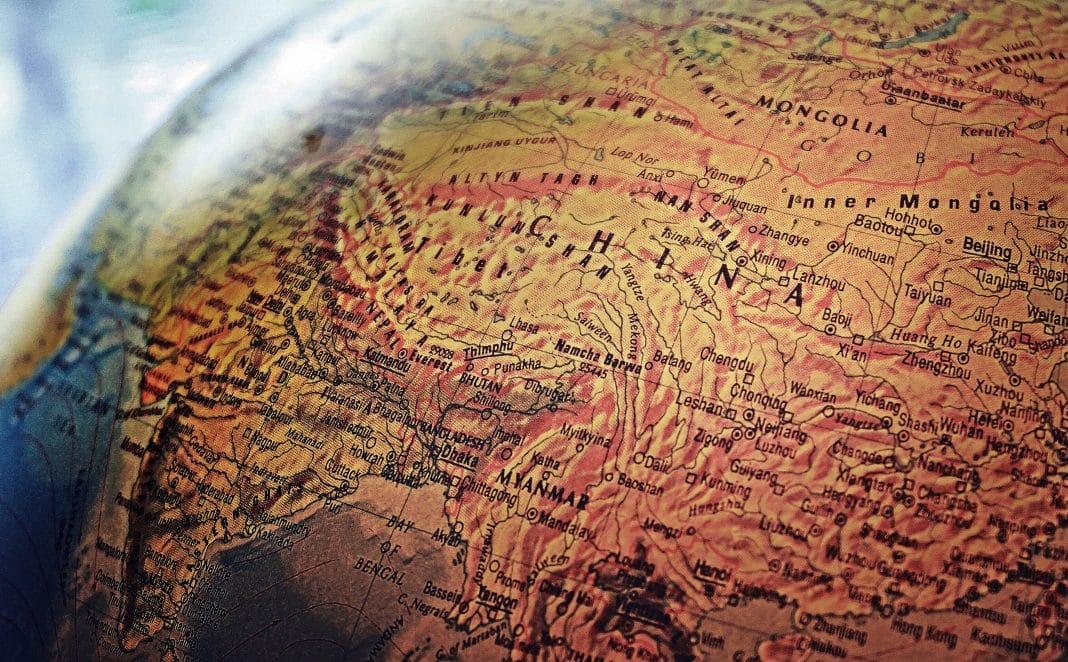China has created a national carbon emissions market to limit emissions throughout the country. The announcement comes after the EU has announced their own carbon pricing plans.
China’s plan is very similar to the concept of carbon credits. First, emission limits are given to companies based on data from the previous year. Buying or selling allowed emission amounts from other companies increases or decreases the max pollution limit.
As well, Companies involved in the plan are to submit emissions data annually. Then, the Ministry of Ecology and Environment checks the results. Exceeding the emission limits will result in fines or decreasing the allowable emission limit.
Initially, the program will include companies in the coal and gas sectors. The end goal is to cover 10,000 companies from all high-emission industries such as aviation, iron and steel, chemicals, and building materials.
China aims to be a net-zero emitter by 2060. Currently, China is responsible for 27% of the global carbon emissions. This could mark a huge shift in global carbon markets. As emissions decrease, the amount of credits available will also decrease.
President of China Xi Jinping said in a speech to the UN last September that China is on track to produce peak emissions before 2030. The new carbon plan is a step in the right direction that shows China’s willingness to fight in the battle against climate change.

